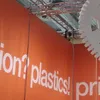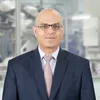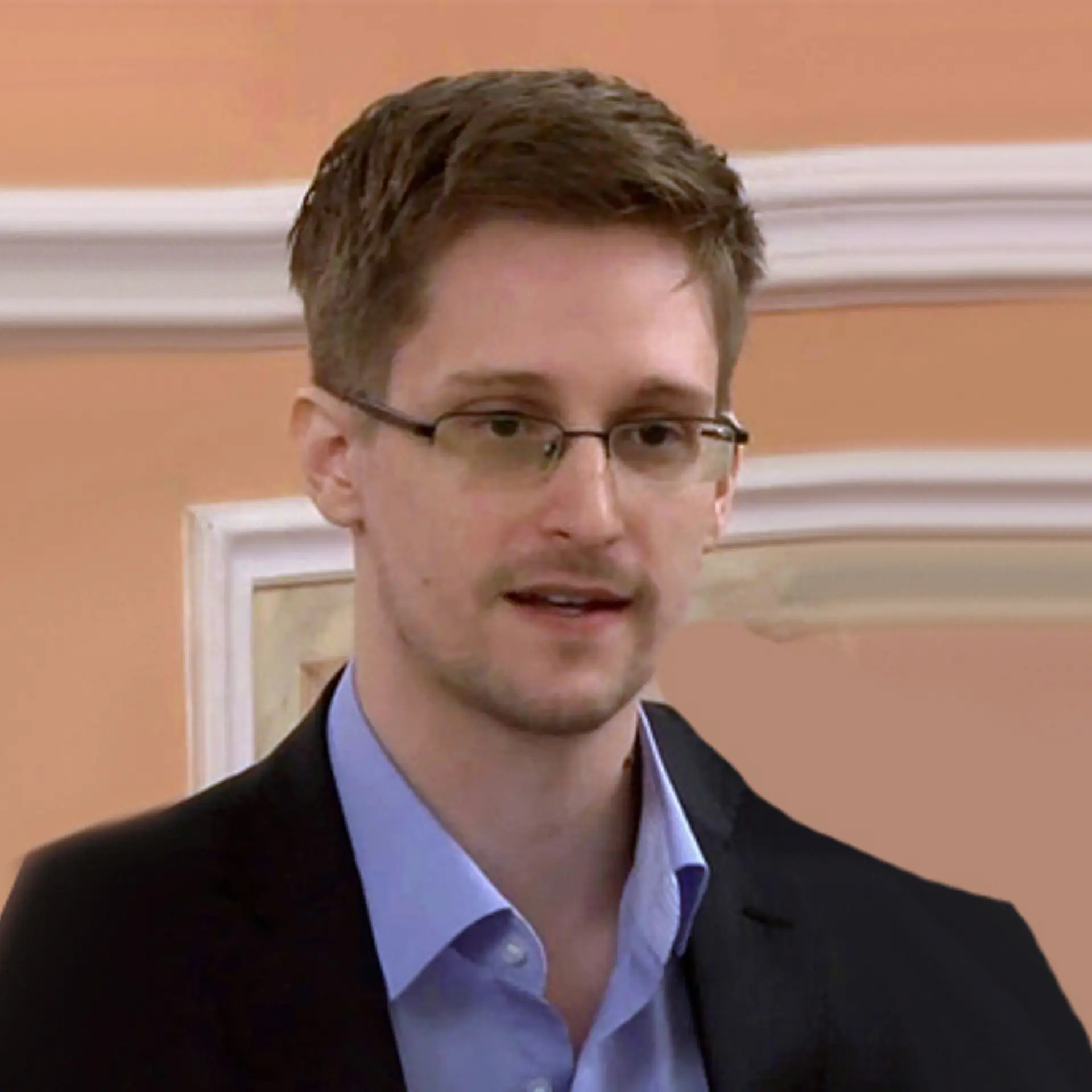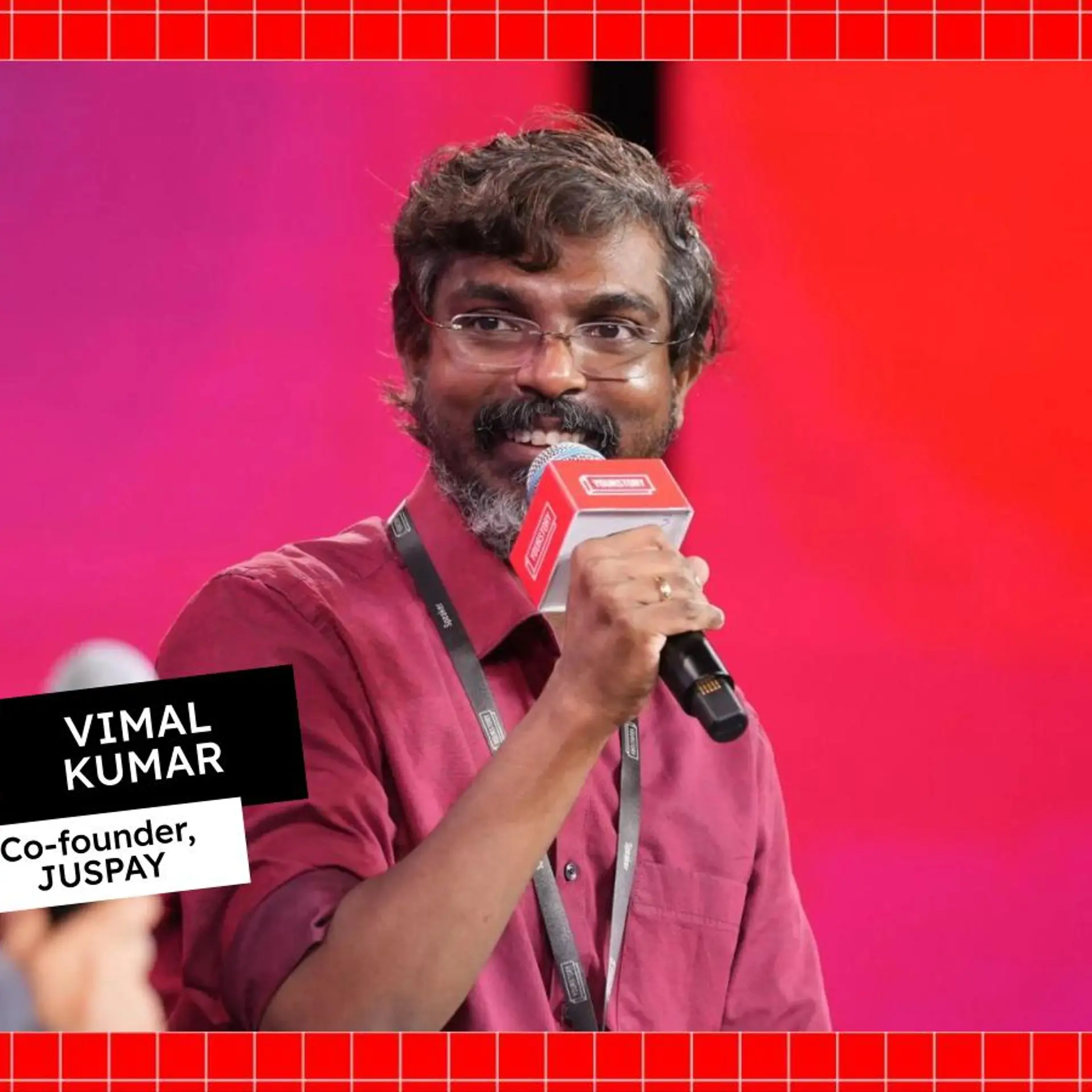Workforce 4.0: how to reinvent yourself as machines and algorithms converge
In the Industry 4.0 wave, intelligent machines and ubiquitous networks are reconfiguring business models and entire sectors. People, companies, and even countries need to be transformed, according to experts at this industry summit.
Industry 4.0 cannot succeed without Workforce 4.0, a re-envisioning and reskilling of traditional human resources, according to business leaders at the recent Design and Engineering Summit 2019 in Bengaluru.

Organised by NASSCOM, the speaker lineup at the 11th edition of the summit featured CEOs, CTOs, CIOs, and heads of HR, innovation, and R&D. There was also a startup pavilion, showcasing new products in industrial IoT, 3D printing, electric vehicles, and smart factories.
The world is changing at an accelerating pace, thanks to exponential and converging technologies like AI, IoT, automation, and blockchain. Cloud computing, edge computing, 5G, AR, VR, additive manufacturing, and ubiquitous smartphones are other drivers of tech change in Industry 4.0.
Workforce implications of these transformations were debated by companies such as Caterpillar, Samsung, SAP, TI, Bosch, Mercedes, Western Digital, United Airlines, ZF, Denso, Continental Automotive, Hero Eco, Tata Motors, Tech Mahindra, HCL, Faurecia, Aequs, Shopworx, and Veoneer.
The speakers called for a systematic and inter-disciplinary approach to people, intellectual property, platforms and policy. Here are my eight clusters of takeaways from the two-day conference; see also YourStory’s Future of Work conference proceedings.
1. Upskilling the workforce
Companies need to promote a culture of collaborative innovation, where employees explore and immerse in emerging technologies to come up with transformative customer experiences. Innovation management practices should accelerate ideation and incubation, and strike partnerships with a range of external collaborators for high-level and high-speed innovation.
The right thing to do for companies is not to fire employees in the face of automation, but reskill and upskill them and take them along. Skills and learning curves should be mapped, and even technicians can be retrained to become digital engineers.
In addition to leadership support, employees themselves need to raise their hands and take the initiative to upskill themselves, get involved in new projects, and collaborate across disciplines.
Collaboration, agile development, design thinking, and cross-cultural communication will be increasingly valued, in addition to hard skills in micro-services architecture or analytics for digital twins. Managing in the face of uncertainty and unpredictability will be the need of the hour.
2. New design capabilities
Industry 4.0 opens up new technical possibilities, but Workforce 4.0 needs to have the talent to seize new opportunities via innovative design as well. Shopfloor and workspace processes will need to redesigned for cobots and smart assistants, along with wearables, AR, and facial recognition.
In the mobility sector, the new paradigm is described by the acronym CASE: connected, autonomous, shareable, and electrified transport. Open APIs can let car manufacturers and fleet operators unlock new kinds of innovative services and business models.
For example, mobility firm ZF is promoting connected solutions; its “Vision Zero” aims at zero emissions and zero accidents. It has designed airbags that can preemptively open up on the sides of the car when another vehicle is about to collide with it.
New kinds of designs can be envisioned for passenger seating in autonomous cars. For example, passengers can sit in a circle or around a conference table in the car, instead of in rows of seats.
Earth2Orbit is literally taking design to new worlds, with its design initiatives for spaceships, 3D-printed prototypes for bases on Moon and Mars, and protocols for communication between humans and robots. In such contexts, normal assumptions about space, light, gravity, and atmosphere cannot be taken for granted.
3. Ethics and values
Industry 4.0 can improve productivity and innovation, but Workforce 4.0 will need to have a solid foundation in ethics and values as well. They will also need to improve their skills in disciplines like sensemaking and data storytelling.
Explainability and accountability of AI and ML systems will become increasingly critical issues in future, particularly with respect to privacy, security, biases, and operational failures. Data ownership and share of risks and rewards across the ecosystem are becoming contention issues. See my reviews of the books A Human's Guide to Machine Intelligence and The Platform Society in this regard.
4. The playbook for startups
For India’s engineering services and product sector to become world-class, startups in areas like IoT and electric vehicles need to become an important part of the playbook. Entrepreneurs can play a pivotal role in this regard. For example, in the US, disruptors like Tesla have become transformational change platforms when it comes to electric cars and batteries.
Startups can up the game for corporates when it comes to quality and speed of innovation in new domains. See my book reviews of Dual Transformation and Seven Principles of Complete Co-creation, and framework of 15 innovation tips: how large corporations can successfully engage with startups.
Ease of business in India also needs to improve for startups, and industry connects to entrepreneurs should become deeper in terms of engagement. More joint ventures will also help improve credibility for scale-stage startups.
5. Environmental impact
While much attention understandably focuses on analytical and predictive powers in the Industry 4.0 world, the environmental impact also needs to be addressed. “Sustainable AI” will need to look at the carbon footprint of processing power, data centres, and the like.
Metrics factoring in environmental impact and offsets will need to be addressed in comprehensive audits. Electric cars are touted as the next shiny object, but the carbon footprint of electricity generation and environmental impact of discarded batteries need to be calculated as well.
Such environmental consciousness and activism needs to be ingrained in Workforce 4.0, and not left only to top management or external auditors. The World Business Council for Sustainable Development (WBCSD) is active in this regard, raising awareness about sustainability issues in mobility, food, home and leisure consumption. See also my book reviews of Frugal Innovation and A World of Three Zeros for related frameworks and case studies.
6. Education
The rote-learning and siloed system of education, particularly in emerging economies like India, needs urgent revamping to meet the needs of Workforce 4.0. More experiential learning is called for, beyond makerspaces and hackathons. This includes internships, and many companies are stepping up to offer paid internships to students.
Students need not only the latest courses but a mindset of lifelong, collaborative, and self-motivated learning. Even engineering education will need to be presented more holistically and not in silos. Disciplines like mechanical engineering and electronics are converging (‘mechatronics’), and AI is becoming embedded in products and processes. Students will need to combine domain knowledge with AI and ML.
Students need to “touch, see, feel, and communicate” with the workplace of the future; visits to factories and startup hubs can help here. More effort will be needed to extend this to Tier II and III colleges and schools.
7. Ecosystem linkages and visibility
Industry 4.0 will transform not just the private sector but government, military, and public sector agencies as well. Much more needs to be done to open up India’s space and defence sectors to private sector collaboration, according to the speakers.
This includes satellite development and testing. Such activities can be opened up to SMEs, startups, MNCs, and large Indian corporates. Otherwise, it may be impossible to have outside experts become prominent in the space sector, in contrast to the rise of mavericks like Elon Musk in the US.
There is too much duplication of effort in India in these sectors, and many initiatives are occurring in silos. In contrast, Europe and the US have mature ecosystems for funding and spinoffs involving the space, defence, and private sectors.
Furthermore, Indian science and defence labs need to do much more to market themselves to the broader public, and improve their outreach and branding. Governments play a key role in this regard, along with setting technical standards to improve competitive positioning of Indian industry at the global level for Industry 4.0.
Many speakers poked fun at Bengaluru’s traffic woes, while addressing the need to nurture design and engineering hubs beyond big cities. The rise of industrial clusters in north Karnataka cities like Belagavi is a good example of government support for initiatives of Industry 4.0 in this regard.
8. Rewriting the India story
India’s story as a services hub is well known around the world, but it is time to craft and sustain a new story: India as an innovation hub in design and engineering via Workforce 4.0. India needs to play in domestic and global markets simultaneously, and more government-industry support can help in promoting such clusters, eg. setting up centres of excellence, ensuring compliance with safety standards.
India can position itself as a hub not just for support but for core design, and on to co-design with customers around the world. This will give India a seat at the table in global companies, as well as an opportunity to solve wicked local problems.
In sum, the journey to Industry 4.0 has just begun, and its ripple effects are only beginning to shake up economies and societies. Company, community and country must come together to seize the moment and up the game for Workforce 4.0.
(Edited by Teja Lele Desai)









